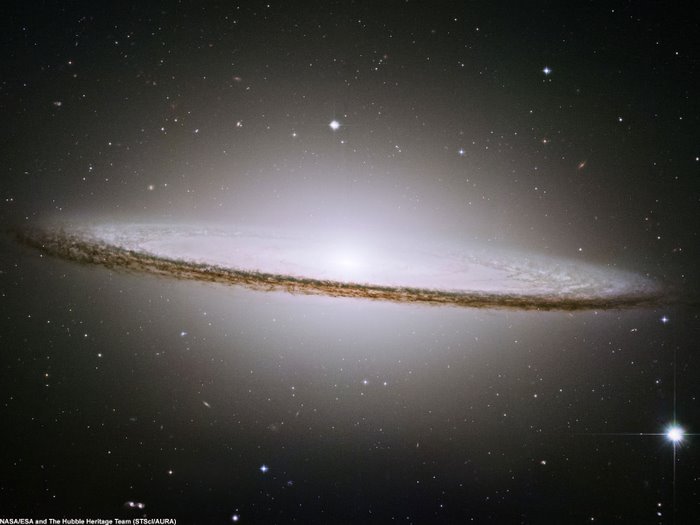This New York times editorial considers the advances made in recent years toward an answer to the question of life in the universe, and contemplates the impact of such a discovery on our civilization.
The implications of the discovery of any form of life could be profound, as I will discuss further in my next post which will address the concept of The Great Filter.
Alien Life, Coming Slowly Into View






